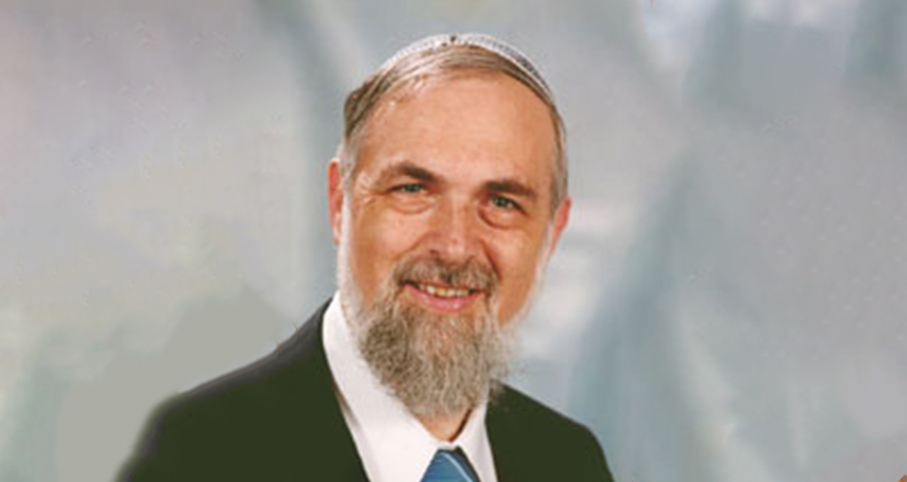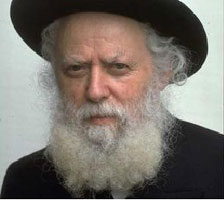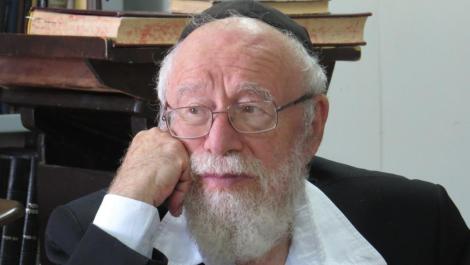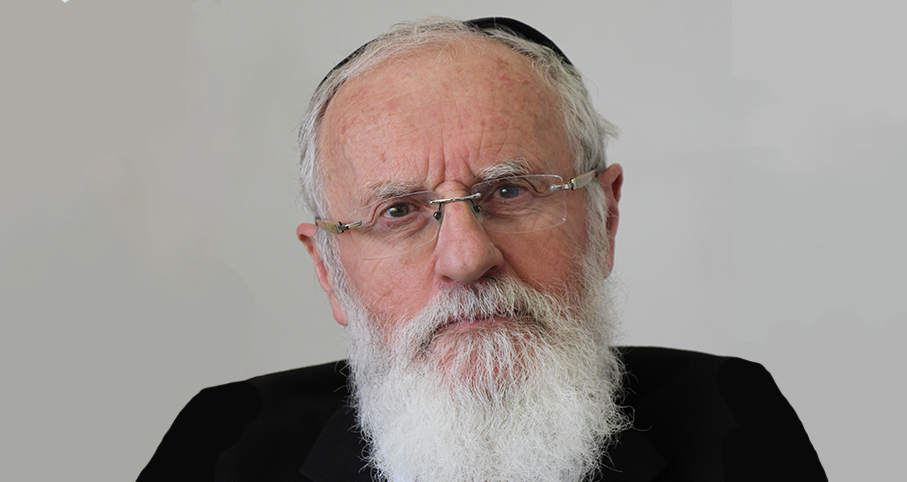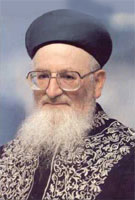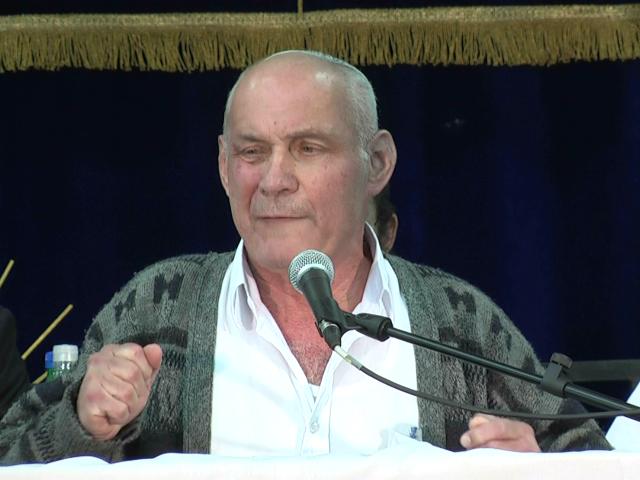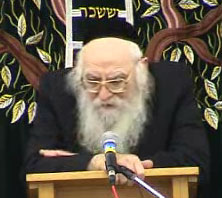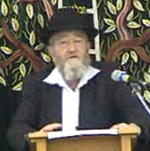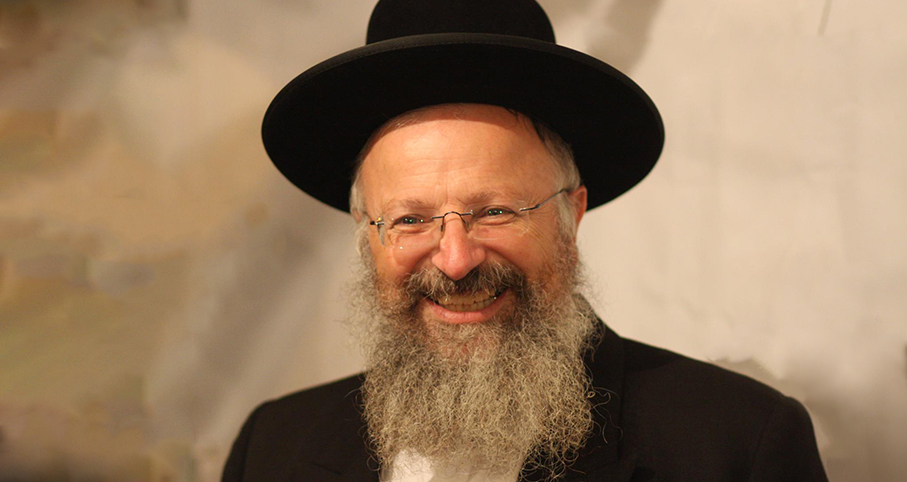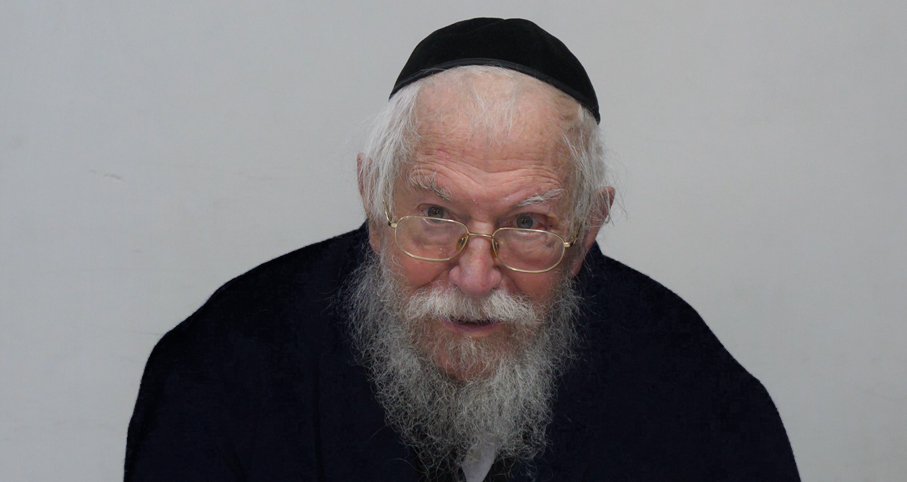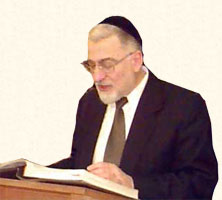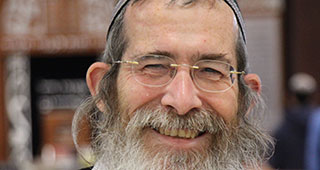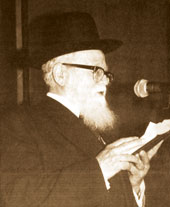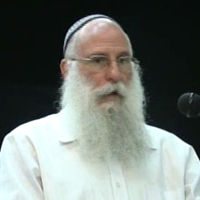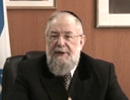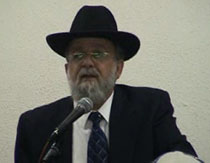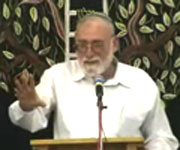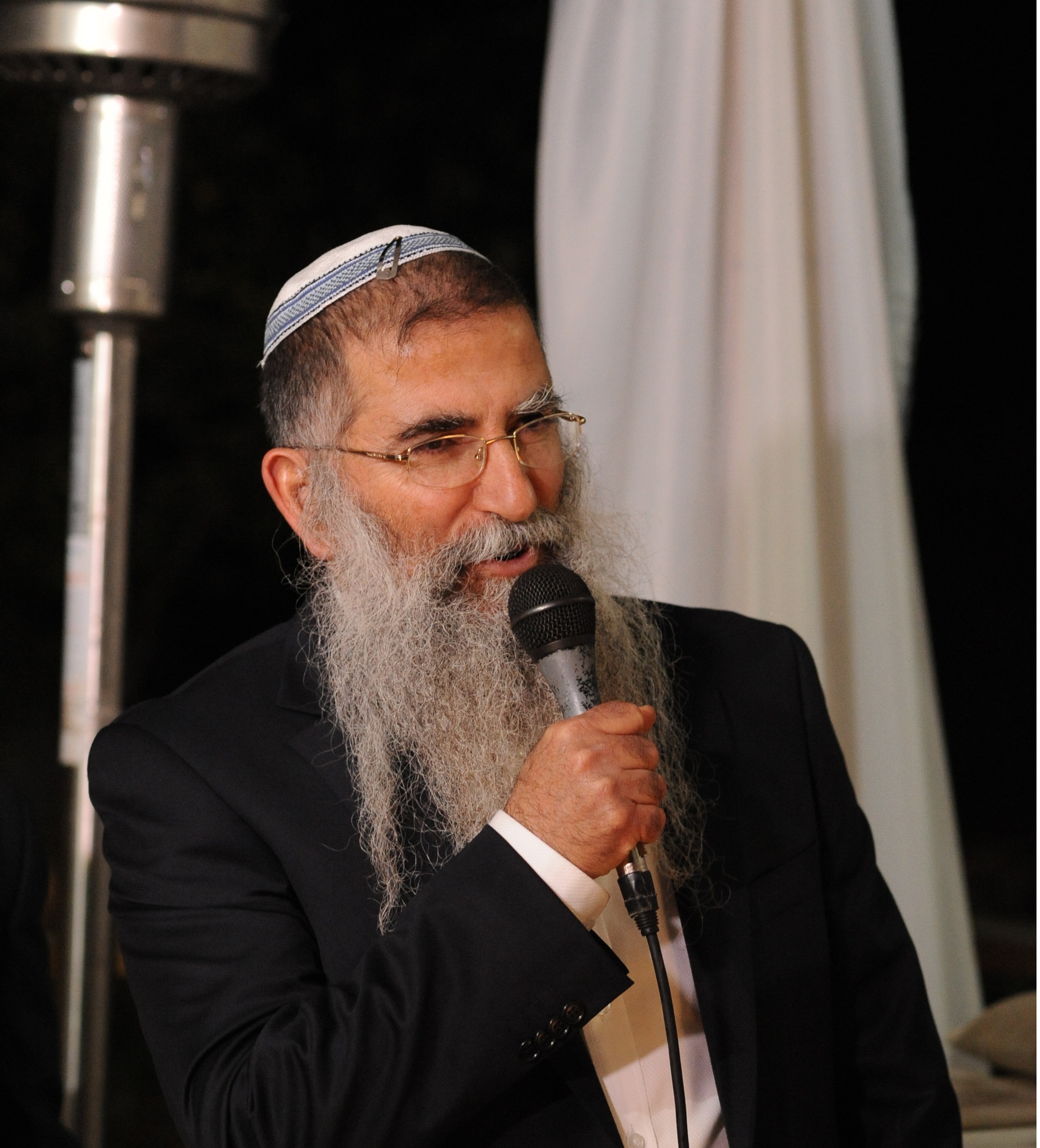Beit Midrash
- Sections
- Chemdat Yamim
- Ein Ayah
Ein Ayah: The study of the accepted halachot of the Torah is very broad, providing the Torah’s instructions for a tremendous amount of practical cases. The many accepted halachot, if they are understood correctly, are sufficient to serve as the basis for solutions for all the new questions that arise. The problem is that in regard to cases that are offshoots of the standard sources, one needs great wisdom to avoid mistakes, specifically in comparing one thing to another when the two are not sufficiently equivalent.
Bekiut (amassing of knowledge) can be compared to a place where the essence of the Torah is stored, even as the offshoots end up being more numerous than the essence. However, even the new applications are related to the accepted conceptual roots of the matter. Bekiut then is the place that can accept the new matters into storage. There is a need, though, for a positive action and one of negating. Bekiut can positively amass answers for many halachot that cover the spectrum of matters related to the explicit sources. The matter of negating is the main purpose of sharpness – to weed out mistakes that can arise when applying the principles to new cases. Preventing such mistakes requires extreme wisdom.
We now can see the appropriateness of the metaphors the gemara uses – with sinai representing bekiut and oker harim representing sharpness. Mt. Sinai was chosen as the place where the Torah was given. The other mountains of the world were uprooted from the possibility of this distinction and are considered as blemished in comparison to Sinai (see Bereishit Rabba 99:1). Thus Sinai represents two things: its positive choice for the receiving of the Torah and the negating of the other mountains as venues. So too, the true applications of Torah logic that relate to the giving of the Torah at Sinai need to pass the test of uprooting mountains, i.e., weeding out that which would be a mistaken application and showing that they are not connected to Sinai. After removing the false, the truth stands out.
The question arose: which characteristic has priority for Torah leadership. There is logic that the rabbinic leader be one who is more prepared to be a resource for the leaders and great scholars of the generation, even if the simple masses have little direct benefit from him. This is because the impact that the Rosh Yeshiva has on the elite trickles down to all the individuals and elevates them.
There is, though, logic to the contrary – the work of the Rosh Yeshiva should be of direct impact on the masses. The knowledge of the sinai is something that is needed and appreciated by the broad constituency. The oker harim is exclusively helpful to the scholarly elite. That is why the answer given was that a sinai has precedence, and it is hinted to in the reason the gemara gave: "all need the owner of the grain." It is the fact that all need him that is the deciding factor, to the exclusion of one who is valuable to the few elite.
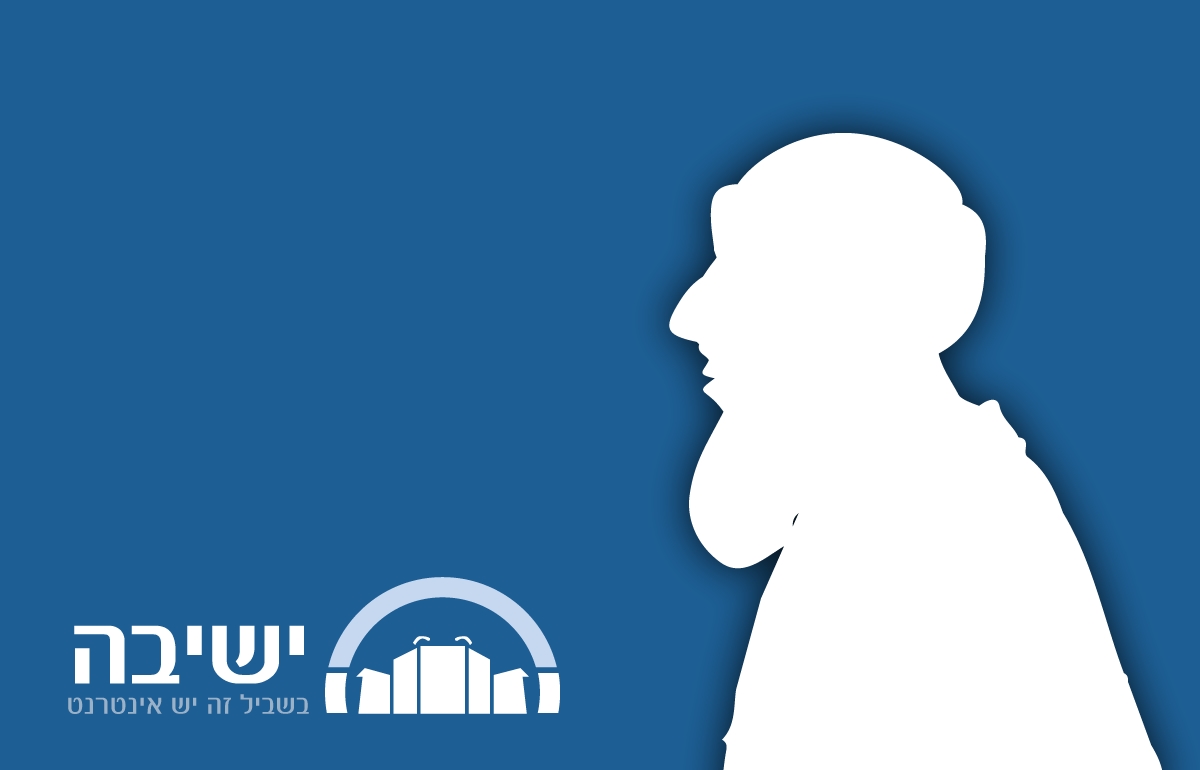
Wine as a Metaphor for Torah
Various Rabbis | 5774
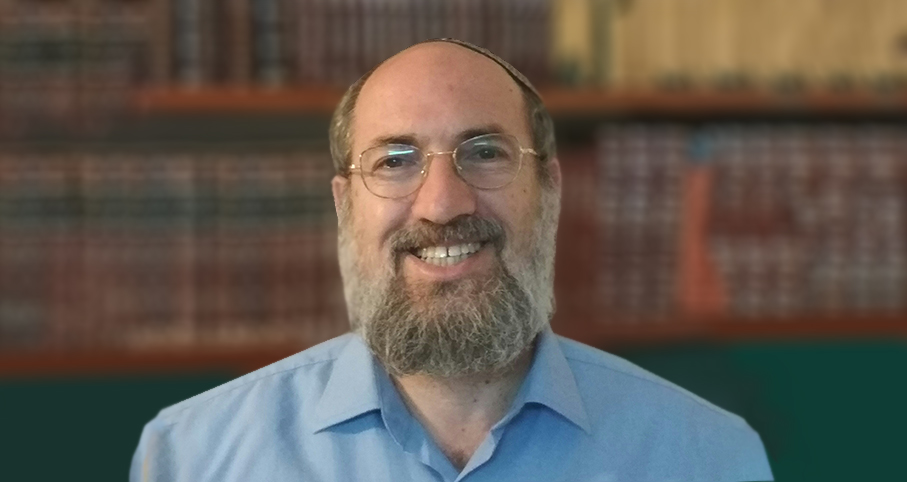
If You're Not Part of the Solution- You're Part of the Problem
Ein Aya Shabbat 5,25
Rabbi Ari Shvat | Iyar 5783

Why The World Needs an Occasional "Shake-Up"
Ein Aya Shabbat 5,23
Rabbi Ari Shvat | Iyar 5783

